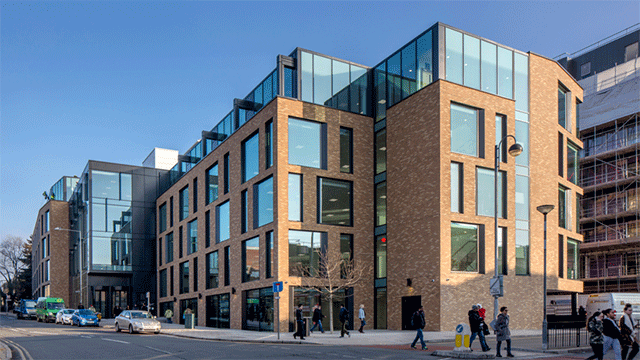COMMENT Build-to-rent is transforming what it means to rent in the UK – providing stability and more choice for renters, as well as the highest quality of design, services and facilities – and the sector’s role in creating a more diverse and competitive housing market is only set to grow.
In less than a decade, BTR has become a place to call home for nearly 60,000 customers in the UK, and with another 130,000 homes in the sector’s pipeline, it will soon be a reality for many more renters across the country.
Despite the challenges over the past year, the first quarter of 2021 has proven to be record-breaking for the sector, with nearly 7,000 new BTR homes gaining full planning permission.
Local authorities have been able to hold planning meetings online, which has in large part supported this success. Since 6 May, however, local authorities have no longer been able to hold these meetings remotely, unfortunately. I hope the government considers the valuable lessons learned from having to operate the planning process remotely, and will seek to legislate to allow some of the positive outcomes from remote participation to continue in the future.
Untapped potential
The housing supply-demand imbalance remains acute in the UK, meaning that we must ensure we don’t take our foot off the pedal. Every housing sector must be firing on all cylinders. Yet, even though the number of BTR homes in the regions has now surpassed the total in London, much of the sector’s potential across the UK remains untapped.
Around one in five newly completed homes in London is BTR, and in the regions this share is much lower at around 4%. Clearly, the sector still has a significant amount of catching up to do and can go much further in supporting our core regional cities and local housing ambitions.
Equally, the Greater London Authority and the boroughs must not become complacent. While BTR is currently providing nearly a quarter of all new housing in London, growth is relatively subdued. The capital is finding it increasingly difficult to compete for the sector’s investment.
The mayor of London’s rent controls rhetoric doesn’t help. While Sadiq Khan does not have the power to introduce rent caps, he risks confidence among a vital sector for his housing ambitions.
There is simply too much temptation for rent controls to become politically expedient, with politicians outbidding one another in a race to the bottom and the lowest rents possible. Rent controls elsewhere in the world have proven to disincentivise investment and increase rents, as those who would invest and increase supply are driven away from the market.
Greater choice
Not only is there potential for growth, but the sector is also increasingly diversifying. Around 10% of all completed BTR homes are now located in suburban areas, with low-rise builds and houses with gardens, as opposed to the traditional city centre model.
These homes are ideal for families and can help to further support the government’s levelling-up agenda. It’s exciting to see the sector grow, bringing different products to the market, serving a greater range of people and providing more choice when seeking a new home in the private rented sector.
The government understands that a well-functioning housing market will play a critical part in building back a better Britain, and this must include a more diverse and competitive private rented sector.
UK businesses, and our public sector, need talent – and proximity to high-quality accommodation that underpins higher quality of life is nearly always a deal-breaker when trying to recruit.
BTR has a significant part to play in shaping the towns and cities of tomorrow, ensuring our housing market works better and harder for those who either need or want to rent.
Ian Fletcher is director of real estate policy at the British Property Federation











